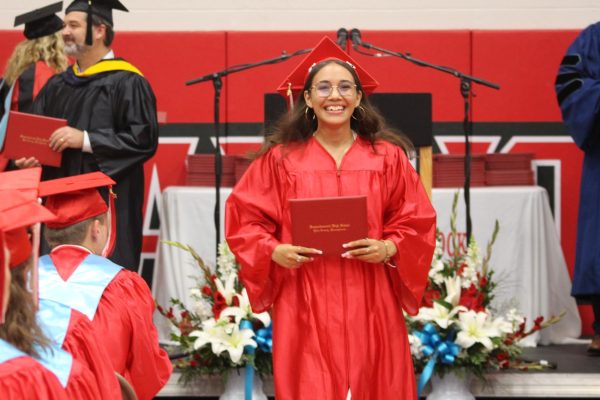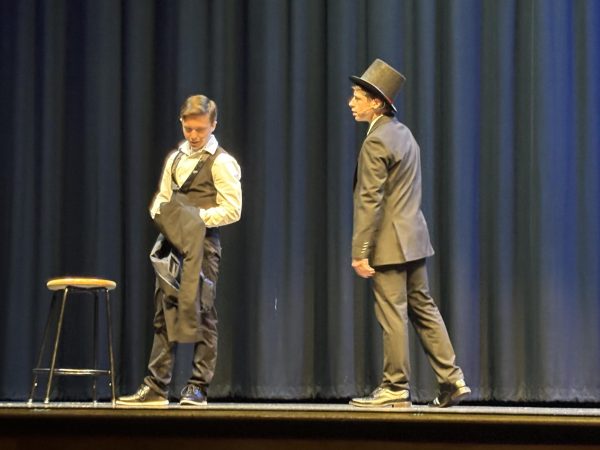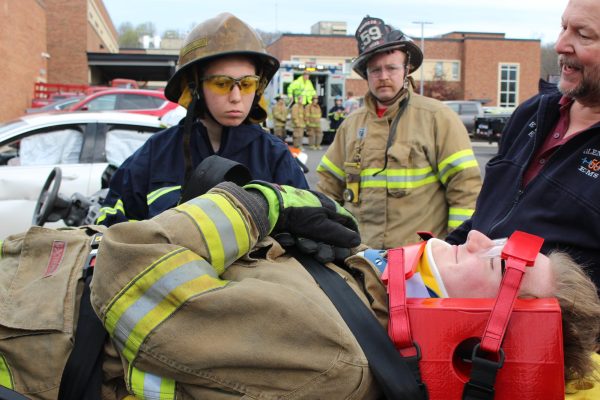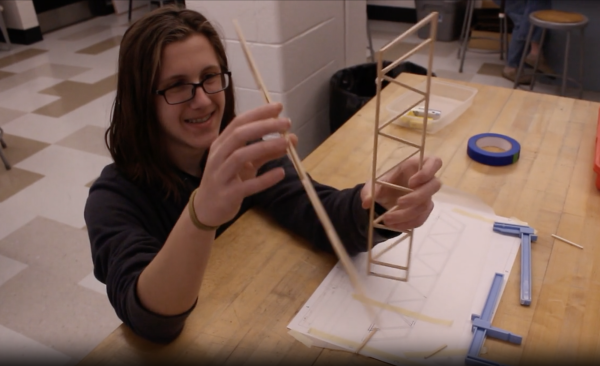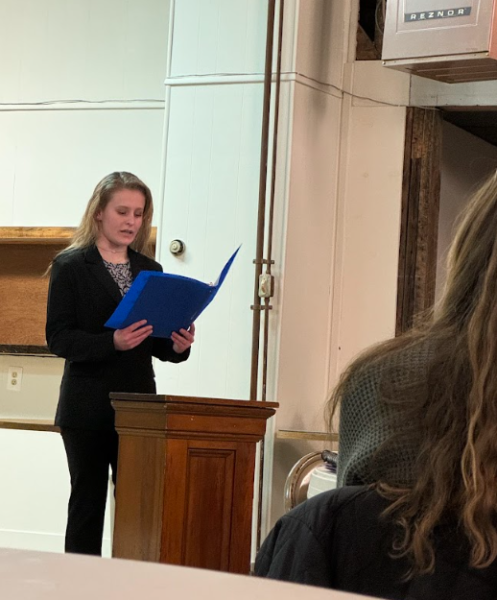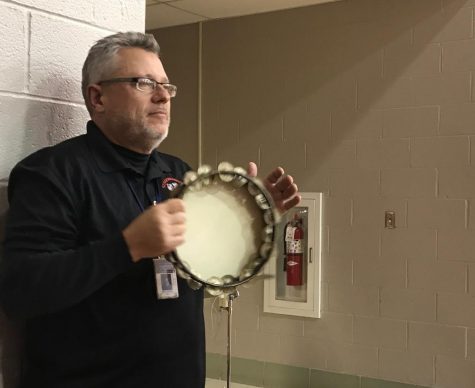AP Biology Students Complete Year-Long Labs
AP Biology students are turning hypotheses into reality with their year-long lab experiments this school year.
Students were tasked with investigating one of various biological topics ranging from microbes to plant life to test any research question which still goes unanswered.
AP Biology teacher Kerri Younkin assigns this project to her classes every year because of the impact the lab has.
“[The year-long lab] gives students the opportunity to explore a topic related to bio that is of interest to them and to think and act as scientists,” Younkin said. “Students work through the research development, the planning, the execution, the analysis and the conclusion with their chosen topics.”
In short, the lab is clearly a challenge but has various benefits that are carried on in all fields of learning.
“Basically, [the year-long lab is] the entire scientific process, but with a topic of [each student’s] choice,” Younkin said. “It builds time management skills, writing skills, problem-solving skills and collaboration skills for all of them.”
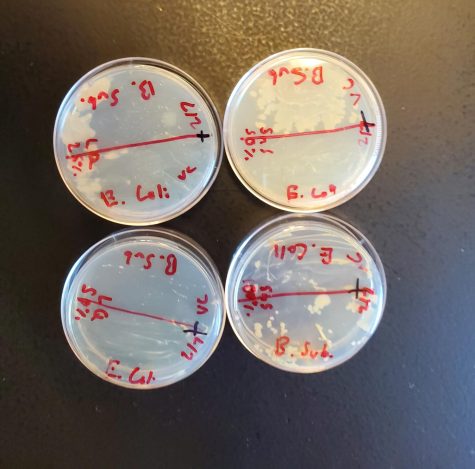
Younkin believes that the impact of the year-long lab is one that lasts through college for students interested in the field.
“I have had students contact me in college to say that the skills that they learned in planning and executing a year-long lab here were very helpful for them when asked to do a similar project in college courses,” Younkin said. “Some students have used this project to discover that they like research and have gone on to engage in projects at the college level. Others have uncovered a real interest in a particular topic that led them to consider or pursue majors or careers.”
Younkin has been teaching for 4 years at SHS, 12 years at the college level and for an additional 8 years in K-12. She always hopes to see her students improve as their research progresses.
“I hope to instill a curiosity and understanding for the way that science works and the nature of science,” Younkin said. “It’s a fairly unique experience at the high school level to be able to take a topic that you have interest in, to dive into it, ask a question and test your thoughts and theories.”
As any scientist faces in their research, the process is not straightforward, and sometimes, obstacles arise, but the end result is more than exciting.
“There is the excitement of learning something new, that for the time being, no one else knows,” Younkin said. “Students collect data that will add to the body of knowledge, even when it fails and goes wrong. [They] learn resilience and perseverance because it’s truly not easy.”
The experiments involve lots of dedication from students as they go about collecting their data and finishing up their final lab reports prior to the end of the school year.
Juniors Josie Sedgley and Colin Baust-Crain’s experiment combines aquatic environments with man-made noise.
“We are trying to find out the effects of motor noise on the ecosystems because, in harbors, this is constantly present,” Baust-Crain said. “The excess noise might be harmful to aquatic organisms because it induces extra stress and thus they would not be able to feed and perform regular behaviors as often.”
When asked what inspired them to choose their topic, Baust-Crain elaborated on the project’s connection to humans and ecosystems.
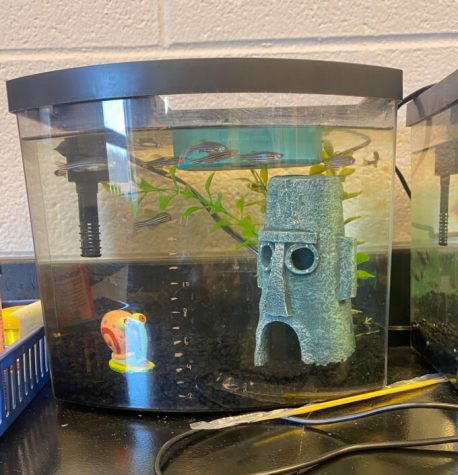
“Josie is interested in ways to maintain and improve ecosystems due to human damage, and I am interested in the physical effects of man-made consequences as opposed to their qualitative effects,” Baust-Crain said. “We need to be able to understand mathematically what we are doing to the environment so that we can develop precise solutions.”
Juniors Kelly Giblin and Erica Broadaway focused their research on turning algae into biofuel.
“I saw a video clip on the news about algae biofuel when I was in middle school,” Giblin said. “I was struck by how amazing the process was because you are converting carbon dioxide that the algae consumes, from emissions and other pollutants in the atmosphere, into something that can be reused.”
Giblin outlines the two sections of the procedure that the duo is using to retrieve the carbon dioxide necessary from the algae.
“The first section is growing the algae, which Erica is in charge of,” Giblin said. “We will dry the algae and crush it to extract lipids. Algae happens to contain a lot of them. The second section is what I am in charge of. Using the lipids to perform a chemical process, transesterification, we will convert and refine them to energy.”
With these experiments and many more occurring both inside and outside of school, students also had the opportunity to speak to scientists during certain stages of the process.
Dr. Mary Stapleton from Towson University, Dr. Rebecca Davis from the University of Maryland and Dr. Kerri Li from the Chesapeake Bay Trust all have consulted with students about their hypotheses and have also offered them criticism during class periods.
No matter the experiment, Younkin always gives the same advice that she hopes students will remember if they progress in the STEM field.
“Something I usually say to the students is that science is a process and we learn as we go,” Younkin said. “Sometimes we have to find solutions to problems as they present. It really is a journey.”
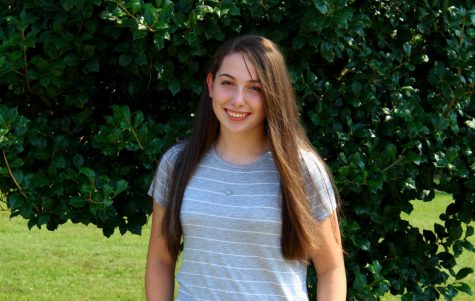
Senior Alexa Viands is the Editor-in-Chief for the Courier and is a third-year staff member. Lex is looking forward to writing many different styles of...



